It was the last day of the 17-day 4th Annual Texas Pollinator BioBlitz.
I’d just spent an hour searching for something I hadn’t already uploaded to iNaturalist.org, when I looked up beneath the security light on the utility pole and VOILA!
A most unique sighting! A pink-spotted hawkmoth! And cleverly camouflaged it was in the early morning light.
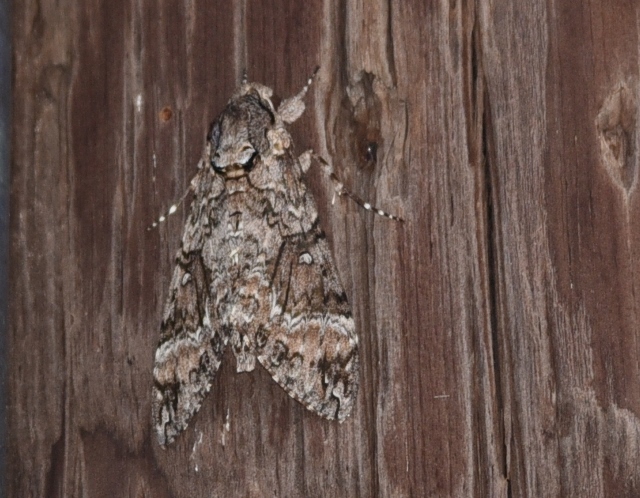
A type of sphinx moth, the pink-spotted hawkmoth has pink bands on its abdomen and pink at the base of the hindwings. Its wing span typically is between 3 ¾ to 4 ¾ inches. The caterpillars prefer sweet potato vines and morning glory leaves — plenty of morning glory leaves on the property!
A 17-day BioBlitz is a pretty hefty pocket of time, but fun for those of us who like to challenge ourselves. This BioBlitz was state wide.
Results of the 4th Annual Texas Pollinator BioBlitz:
3,762 Observers
2,696 species identified
30,292 observations uploaded onto iNaturalist.org
Top six Texas pollinator species observed and uploaded:
Monarch – 860
Gulf Fritillary – 416
Western Honey Bee – 388
Gray Hairstreak – 261
Queen – 212
Fiery Skipper – 194
Did you ever wonder . . . ?
- The fritillary’s name is derived from the Latin word, fritillus, meaning chessboard
- A hairstreak butterfly is distinguished by hair-like markings on the underside of the wings — look really, really closely, hairstreaks are tiny to begin with
- Skippers get their name from “the rapid, direct and short flight behavior that make them appear to “skip” across a field”
- Skipperlings — a wild guess, the diminutive of skipper?
- Southern skipperling is the smallest skipper in North America — Bermuda grass is its most common host
- Whirlabout gets its name from the “landing and take-off flight patterns of the adult” — as in a vortex — “it whirls around as it flies away”
So now ya know some about the naming of butterflies!
Significant stats:
South Texas Border Chapter 2nd Vice President Elizabeth Perdomo made a significant contribution to this state-wide BioBlitz.
Elizabeth ranked number three with the most species diversity. (I came in number 7, but who’s counting?)
Elizabeth uploaded 226 species and made 456 observations. She also ranked third in most observations.
Check out this link https://www.inaturalist.org/projects/2019-texas-pollinator-bioblitz for more results.
Click on the name/moniker of an observer to see his or her biographical information. Click on “View All” and see who all competed, and check out photos of observed species.
I’m sure others in our two chapters entered data for this BioBlitz, but I have not gotten wind of who they may be.
We’d love to hear what your favorite capture/upload was, for those who did enter the BioBlitz, or an exciting or funny experience you had while collecting data.
My favorite findings were some of the colorful moths I found hidden among plants. It’s really amazing what you find when you’re looking for something — moths, bugs, tiny flies — or long lost possessions, for that matter, when you start searching through drawers or closets for ONE item you know you stashed there — but I digress.
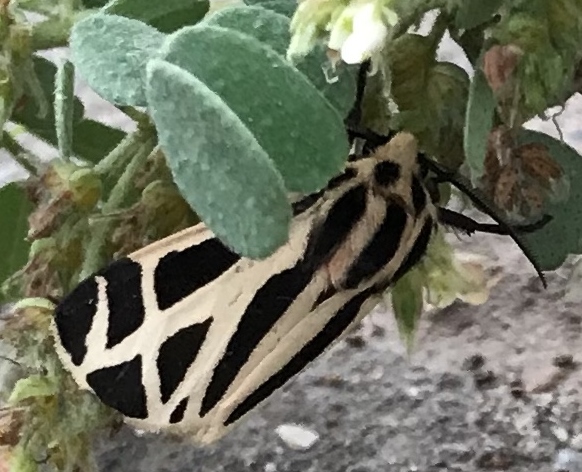
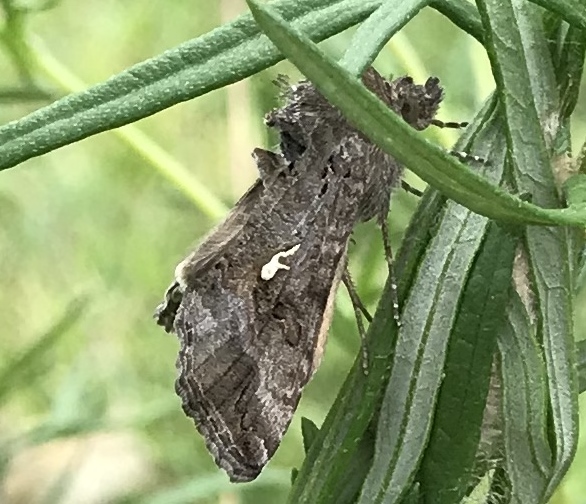
G
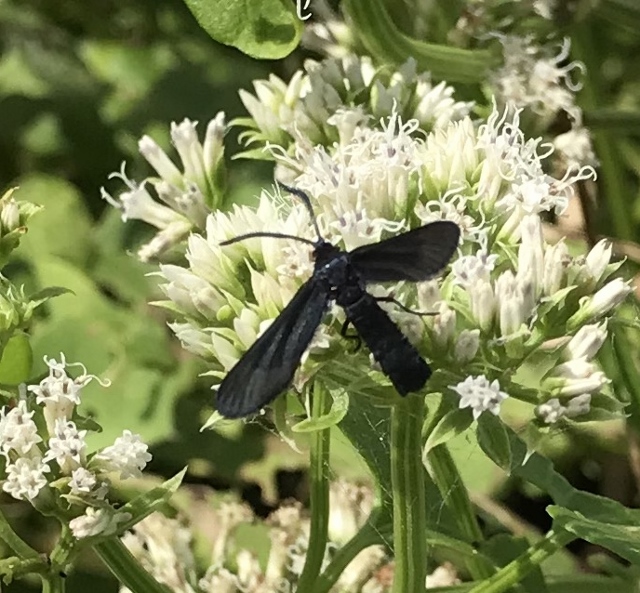
Harrisina coracina is a member of Forester moths in the subfamily Procridinaee. If it has a common name, I’ve not yet found it.
Fiery skippers are cool, but pretty awesome is the Southern skipperling — it fits on top of a frog fruit bloom — now, that’s a tiny winged friend.
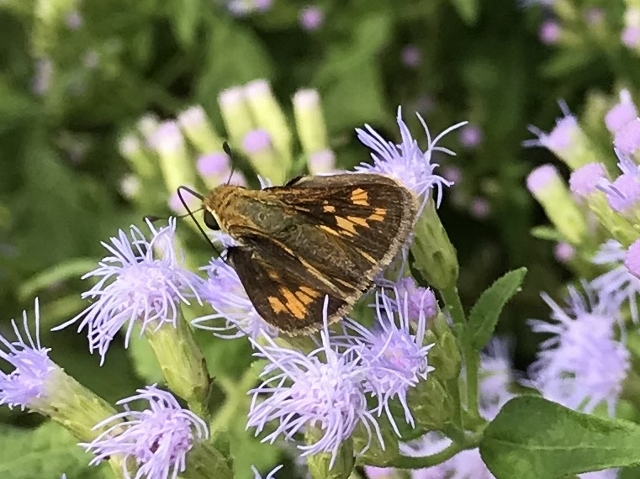
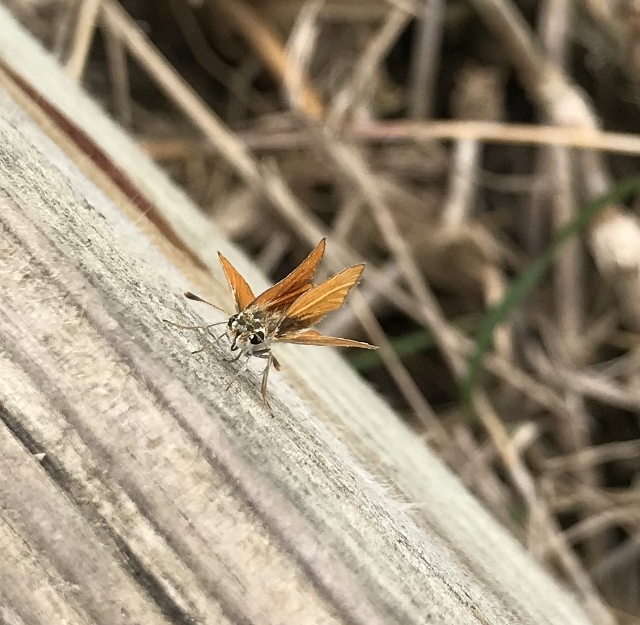
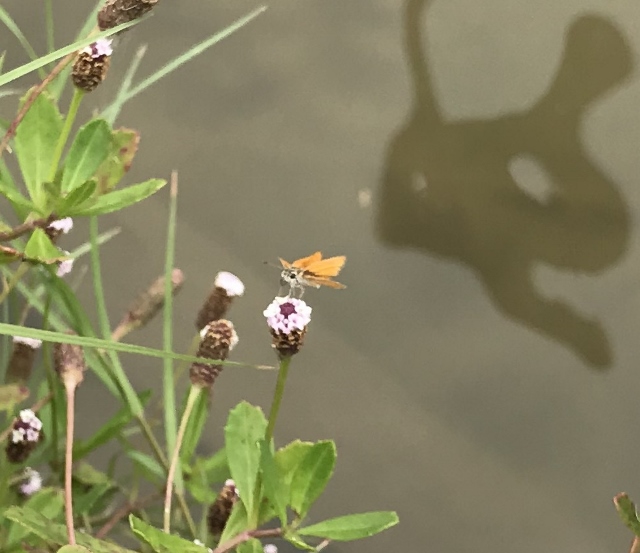
My most fun find has to be the whirlabout, mainly because of its name.
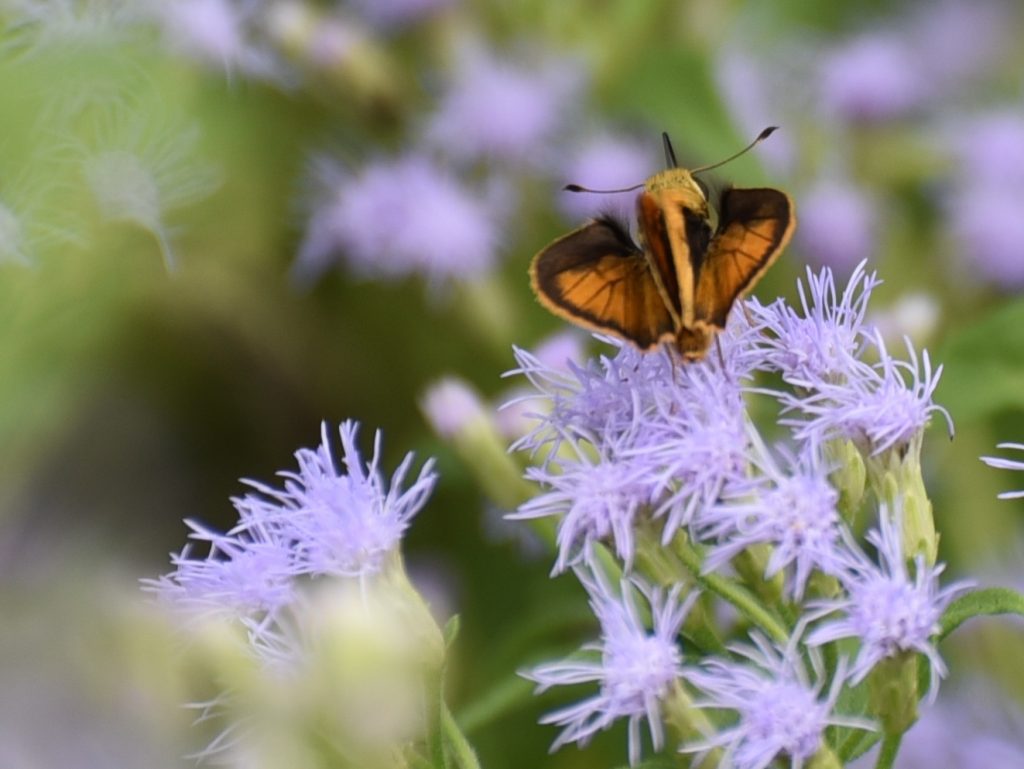
There are so many skippers, I’ve always thought it too overwhelming to try and name them. With iNaturalist doing all the work, it’s a tremendous asset to my time to be able to upload an image and get an ID within seconds.
Enough about the BioBlitz.
There were other events happening.
Our beloved Park Ranger John Yochum led a team of Birders to a world-wide 7th place victory!
Yay, John Yochum! You Rock!
From Bird Watcher’s Digest: The 2019 Big Sit statistics are still pouring in. At this point,
John Yochum’s Weslaco Red Crowns team placed 7th in the Top Ten Highest Circle Counts! Check out more stats at the link below!
Another event wrapping up recently was the summer-long Texas A&M AgriLife Research Dallas and Citizen Scientist Texas/Oklahoma Pollinator Project which wrapped up October 20th
This from one of the Extension Demonstration Techs, Danielle Dunn:
“This summer, the Texas/Oklahoma Pollinator Project was incredibly successful with close to 8,000 observations submitted! With the weather getting cooler, we feel that it is time to wrap up the project for this year and begin examining and analyzing the data.” Preliminary analysis is at this link:
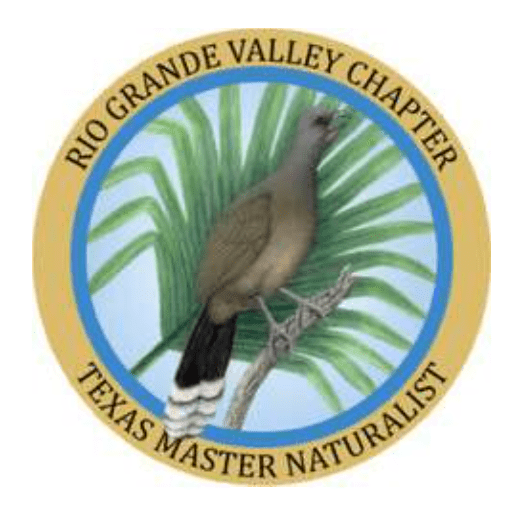
Leave a Reply